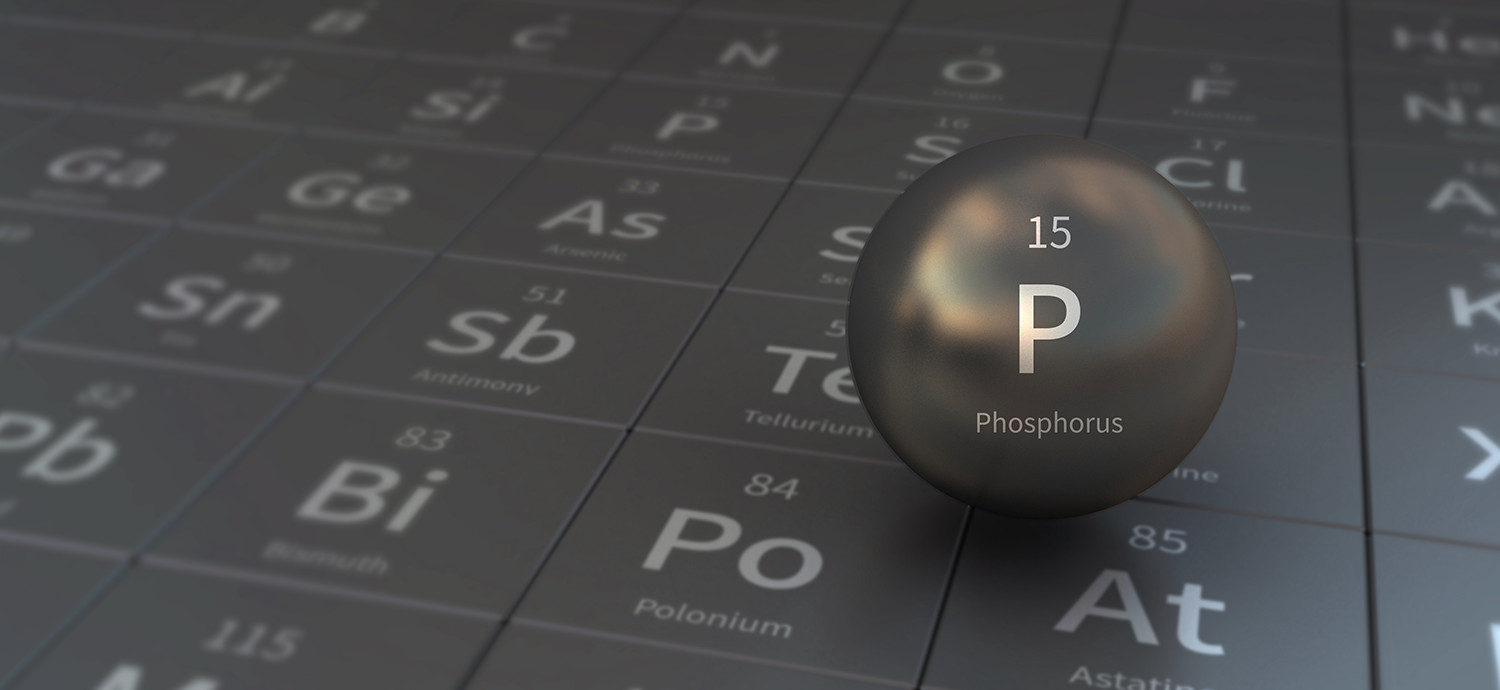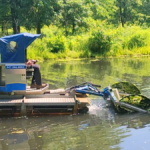In most cases, proactive actions are more cost effective than reactive actions. When managing surface waters like lakes or ponds, this adage certainly applies.
Using algae growth as the example.
Algae grows in water because it has the three things needed to survive: water, sunlight, and nutrients.
A reactive method to control algae is to either harvest it, or kill it, both have drawbacks.
It would follow that if one can proactively control one of these in the water, that algae growth could also be controlled.
In the Midwest, the limiting nutrient (the nutrient most influential on the growth) of algae is phosphorus.
Aluminum sulfate (commonly called alum) is naturally occurring and is used in the purification of drinking water. This compound is rich in both positive and negative charges at the molecular level, making it effective at combining with other elements and compounds, notably phosphorus. When dissolved phosphorus molecules bind with the alum, they sink to the bottom in a form that is unavailable for algae growth. However, under anoxic conditions (conditions commonly found at deeper water depths where there is no or little oxygen), the biological activity there can release the phosphorus from the bond with alum and reintroduce it back into the water. For alum treatments to be effective, lake managers should take steps to ensure adequate aeration at the lake or pond bottom through mixing or oxygen induction.
Alum treatments of lakes and ponds are increasing in popularity as awareness of hazardous algal blooms is forcing lake managers to be more proactive.
There are also other products available that provide the same result as alum, and have secondary added benefits or longer lasting effects.
Proper dosing is determined by the concentration of phosphorus available in the water (commonly called ortho-phosphorus), the complexity of the water biology (since the alum cannot discriminate between a phosphorus molecule or some other kind of molecule), and the rate at phosphorus inputs into the water way.
While the concept of nutrient deactivation is simple and the cost of alum is relatively low, understanding the dose, timing, and oxygen distribution within the pond are important factors for any treatment to be successful.




